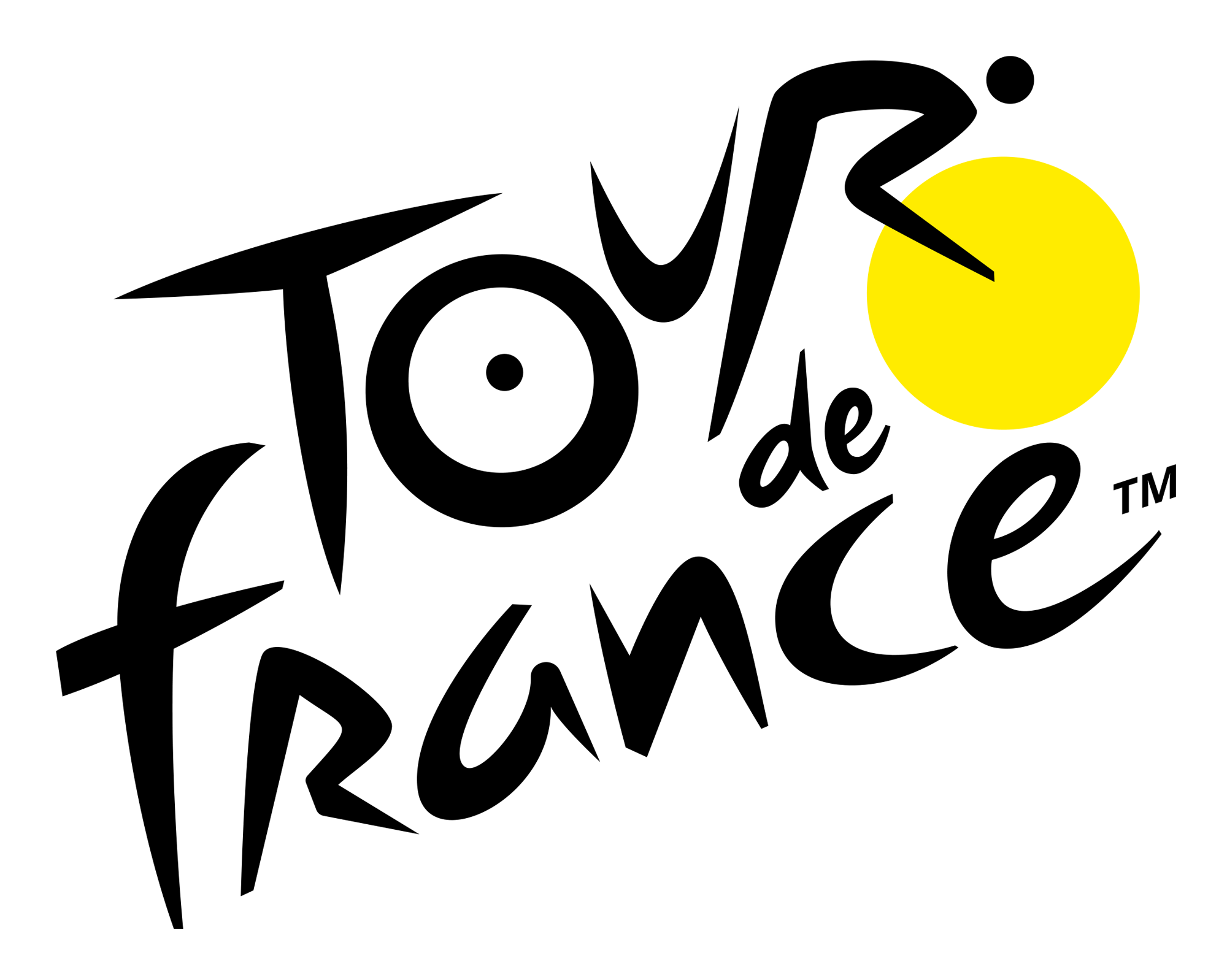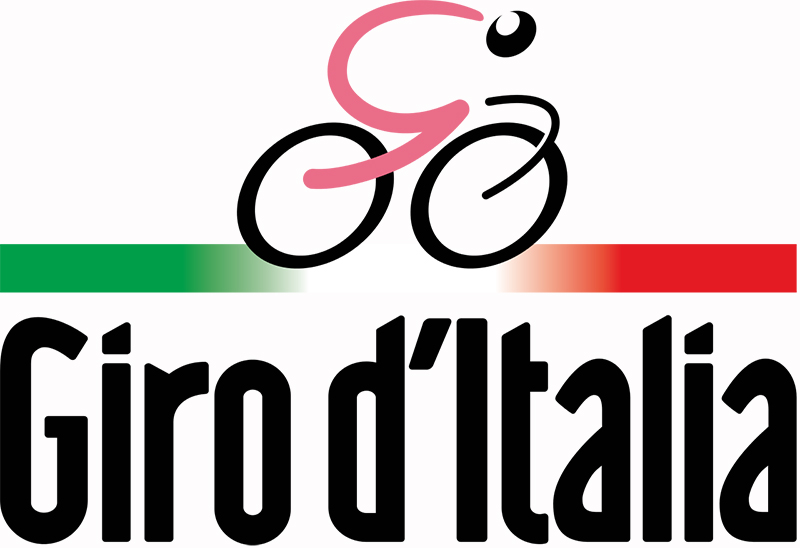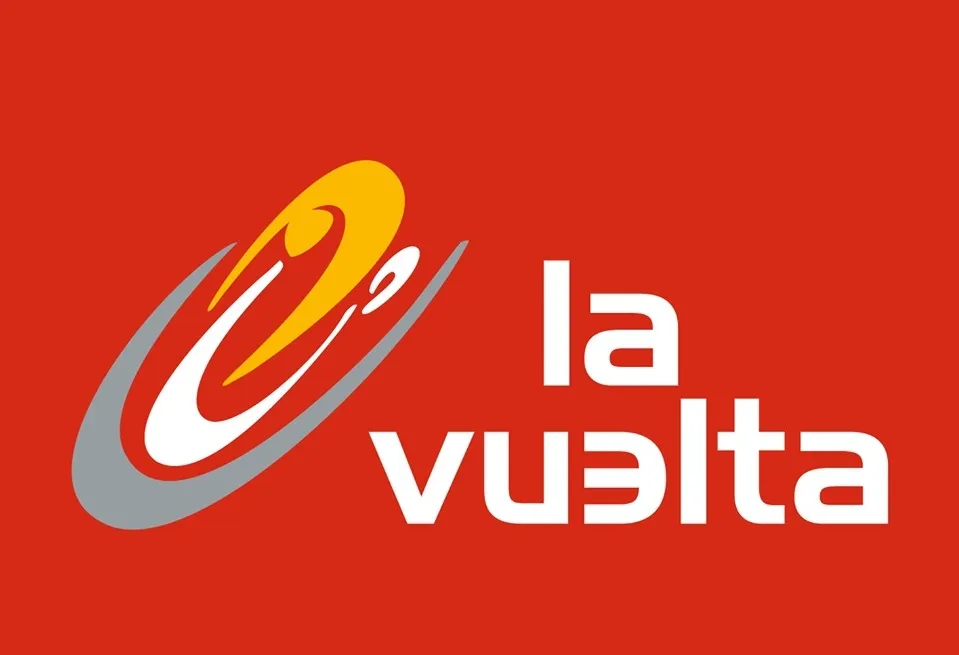Grand Tour Competition
In the realm of road cycling, Grand Tours specifically refer to the following three professional multi-day races held in Europe: Tour de France (abbreviated as Tour), Giro d’Italia (abbreviated as Giro), and Vuelta a España (abbreviated as Vuelta).
The common feature of these three events is that they all have a race schedule that lasts for several weeks, and a separate stage is held every day. In the World Tour, the status of the Grand Tours is particularly prominent - the points it provides far exceed other events, and it is the only multi-day race category that may last more than 14 days.
Let’s take a look at the logos of the Grand Tours, starting with the most famous Tour logo.

Next is the logo of Giro.

And finally, the logo of Vuelta.

Race System
The current Grand Tours usually last for three weeks, with two rest days at the end of the first and second weeks. During these three weeks, athletes have to go through various types of stage challenges.
The types of stages are rich and diverse, not only including flat road sprint stages but also mountain climbing and downhill stages. Flat road sprint stages test the athletes’ explosive power and sprint speed, while mountain climbing stages have very high requirements for the athletes’ endurance and strength, and downhill stages require athletes to have excellent car control skills and courage.
Unlike most one-day races, the length of each stage in the Grand Tours usually does not exceed 200 kilometers. Such a length setting not only ensures the compactness and watchability of the competition but also puts higher demands on the athletes’ physical distribution and tactical arrangements. In the shorter stages, athletes need to quickly adjust their state to deal with various complex road conditions and the strategic changes of competitors.
Rewards
On the exciting stage of the international bicycle Grand Tour, four peaks of honor attract the athletes to compete for them. They are not only a competition of speed and strategy but also a contest of will and glory. Let’s count these four exciting point lists together:
-
Overall Classification (General Classification, GC list): This is the most watched ranking in the Grand Tours, which determines the final champion. The total score is calculated based on the accumulated time of the athletes completing each stage, and the leader will wear the leader’s jersey - a symbol of the highest honor. In the Tour, it is the dazzling yellow shirt, in the Giro d’Italia (Giro), it is the romantic pink shirt, and in the Vuelta a España (Vuelta), it is the passionate red shirt. The GC ranking requires athletes to maintain the best state in mountain, flat road, time trial and other stages, which is the ultimate display of comprehensive ability.
-
Team Points List (Team Classification): It emphasizes the power of team cooperation. It is determined by the total time of the three best athletes of each team completing the stage every day, and it commends the model of team tactical execution and tacit cooperation. Although there is no specific leader’s jersey identification, the title of the team champion is also an important affirmation of team effort and strategic wisdom.
-
Climbing Points List (Mountain Classification): It is specially set for the mountain king, rewarding the athletes who perform the best in the difficult mountain stages. The athlete leading the climbing points will wear a characteristic leader’s jersey in the following stages - the red polka dot shirt of the Tour, the blue shirt of the Giro, and the blue polka dot shirt of the Vuelta, representing the highest peak in the field of climbing.
-
Sprint Points List (Points Classification): It focuses on commending those athletes who are the fastest in the sprint at the finish line, usually dominated by athletes who are good at short-distance explosive power. The green shirt of the Tour, the red shirt of the Giro, and the green shirt of the Vuelta are awarded to the sprint point kings of these three major competitions, who show amazing speed and skills in high-speed confrontations.
In addition, the Young Rider Classification is also a highlight of many events, specifically for young athletes under 25 years old, aiming to encourage and commend the future stars of cycling. These diverse point lists together form a rich and exciting competition system of the Grand Tours, inspiring every participating athlete to continuously break through themselves and pursue excellence.
Historically, only a few talented knights have overcome these challenges and won all three major leader’s jerseys in the same Grand Tour, achieving an unprecedented feat. These three legends include the “cannibal” Eddy Merckx, who won three colors in the 1968 Giro and the 1969 Tour; Tony Rominger, the ruler of the 1993 Vuelta; and Laurent Jalabert, the all-rounder of the 1995 Vuelta. Their achievements are like stars, always illuminating the sky of cycling events.
UCI Regulations
In the brilliant starry sky of the UCI World Tour, the three Grand Tours stand out, they are not only the peak of glory for the athletes but also the top delicacies in the feast of points.
Compared with other events in the tour, a single Grand Tour gives the most points: the winner of the Tour will get a brilliant 200 points, followed by the champions of the Giro d’Italia and the Vuelta a España, who can each receive a generous gift of 170 points; in the vast world of the tour, no event can surpass the 100 points of points. In addition, the three Grand Tours, with their unique charm, also set a benchmark in the duration of the event - a magnificent journey of 15 to 23 days, which not only tests the limits of every cycling warrior but also the ultimate coronation of the noble status of this sport.